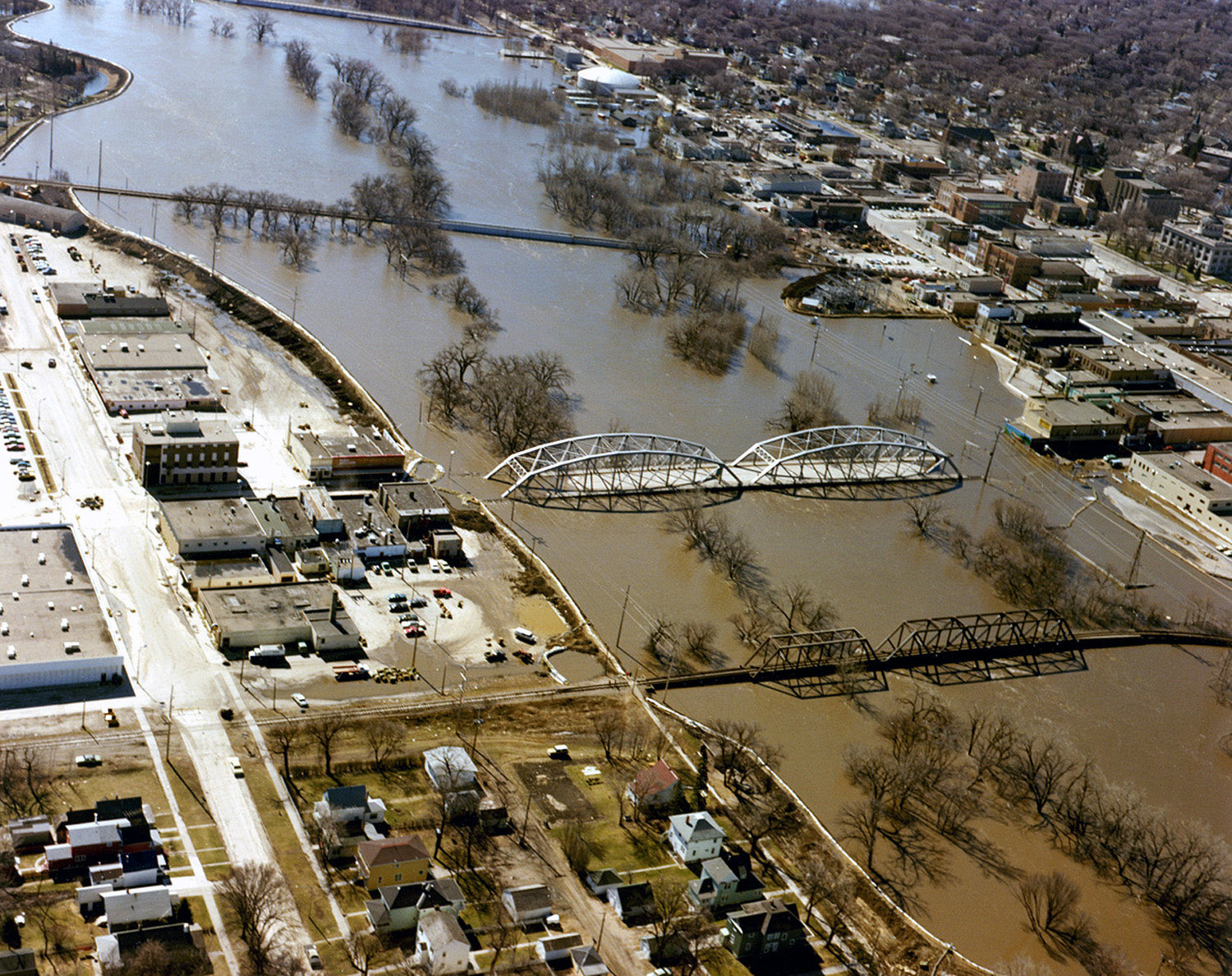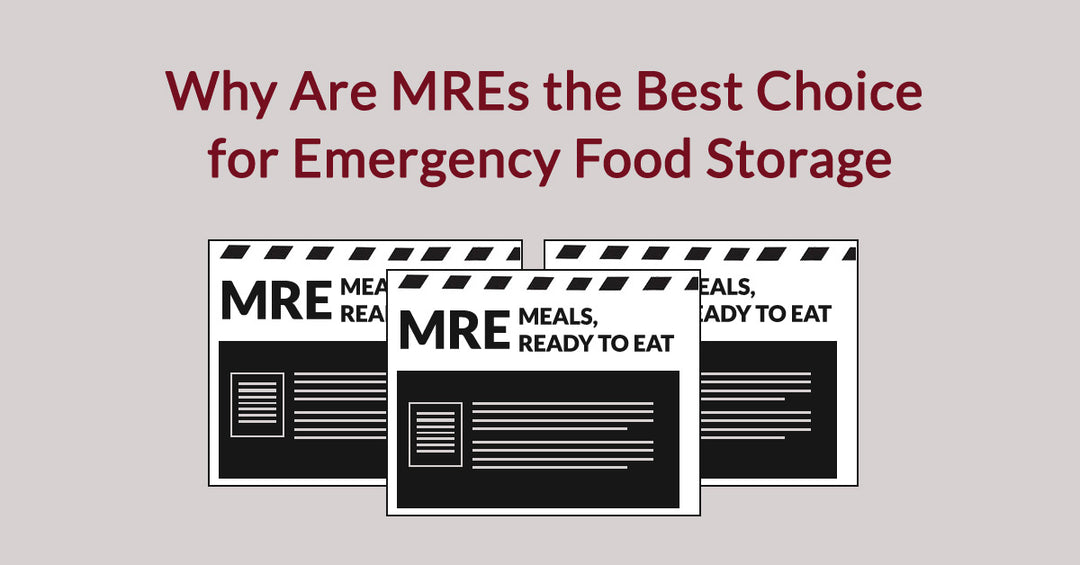US Food Supply Disaster Series: Red River Flood (April 1997, North Dakota and Minnesota)

In April 1997, the Red River of the North unleashed a catastrophic flood on North Dakota and Minnesota, particularly devastating Fargo and Grand Forks. This wasn't just a story of rising waters; it was a profound lesson in the vulnerabilities of food security during large-scale natural disasters and a pivotal moment for emergency management in the Midwest. The Red River Flood showed how prolonged inundation could create complex food-related challenges, prompting innovative solutions.
The flood necessitated widespread evacuations. Thousands of residents in Fargo, Grand Forks, and other Midwestern towns had to abandon their homes quickly. Perishable food left behind spoiled due to power outages and prolonged submersion. This immediate loss of stored food created instant demand for emergency provisions, pressuring disaster relief efforts. The affected population included urban residents and surrounding rural communities reliant on local infrastructure for food.
Floodwaters isolated entire communities. Roads were impassable, bridges submerged, and critical infrastructure, including food distribution hubs, compromised. Even with food available outside the flood zone, getting it to affected towns was a monumental logistical challenge. Many evacuated and cut-off areas were stranded for days, exacerbating immediate food insecurity. The flood also severely affected agricultural lands, destroying crops—a critical blow impacting long-term food supply chains and economic recovery. This emphasized the multifaceted nature of disaster mitigation and the need for comprehensive resilience planning.
The challenges led to unprecedented responses. It marked the first instance of National Guard-led food convoy operations in Midwest flood zones. Faced with widespread inundation, conventional delivery was impossible. The National Guard, with specialized vehicles, became indispensable in delivering essential food and water. These convoys navigated treacherous routes through high waters, reaching shelters and distribution points, showcasing remarkable adaptability in humanitarian aid.
The lessons from the 1997 Red River Flood significantly reshaped approaches to disaster preparedness and food distribution in major flood events. The National Guard's success highlighted the critical role of military organizations in supplementing civilian relief during extreme conditions. It underscored the importance of pre-planned routes, coordinated efforts between agencies, and flexible strategies for delivering food to isolated communities.
Beyond the immediate crisis, the flood prompted a deeper examination of how flood risks impact food equity and long-term recovery. Crop destruction meant the region's agricultural foundation, a key component of the broader food system, faced protracted recovery. This led to increased focus on agricultural disaster assistance and programs to help farmers rebuild. It also reinforced the need for communities to maintain emergency food supplies and develop robust local food banks. The experience underscored the need for community resilience planning that considers both immediate relief and sustained recovery for all affected populations.
In essence, the Red River Flood of 1997 was a powerful learning experience. It demonstrated that effectively addressing food-related challenges during major floods requires a comprehensive, multi-agency approach, leveraging all available resources, including military support, to overcome severe logistical hurdles. The lessons from this event continue to inform modern flood risk management strategies, emphasizing the critical importance of uninterrupted access to food and water, even in the most challenging circumstances. It remains a testament to the ingenuity and collaboration required to safeguard public health and well-being in the face of catastrophic natural events.
Sources:
- National Weather Service. (1997). The Red River Flood of 1997. National Oceanic and Atmospheric Administration.
- Federal Emergency Management Agency (FEMA) and the National Guard. Post-action reports and historical documents from 1997.
- Academic studies and historical accounts of the 1997 Red River Flood.




